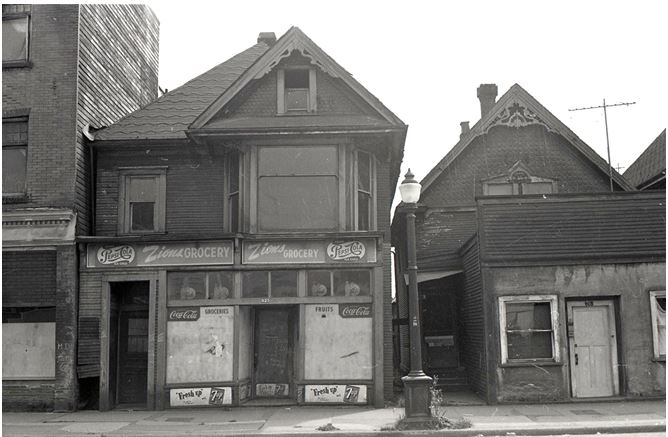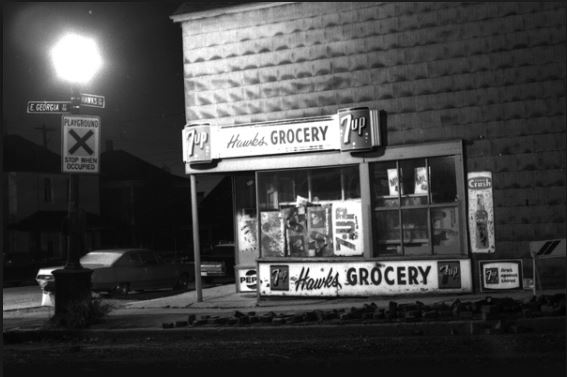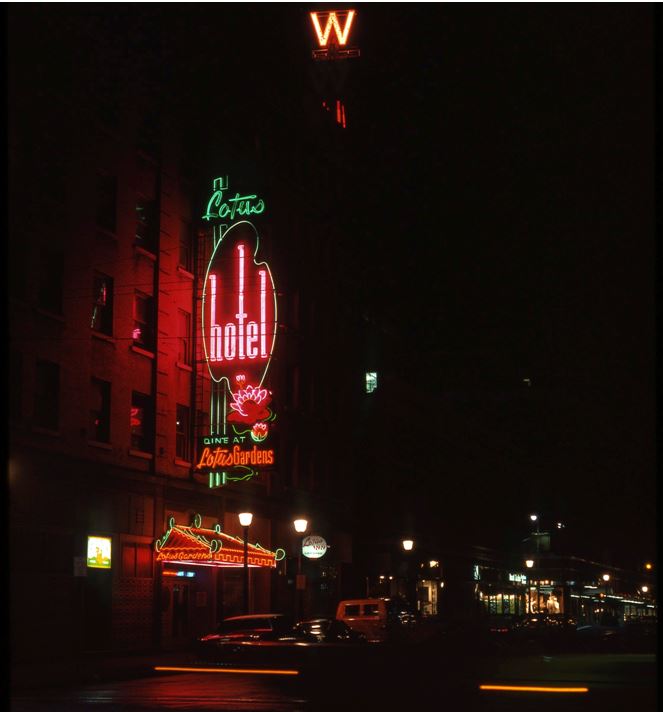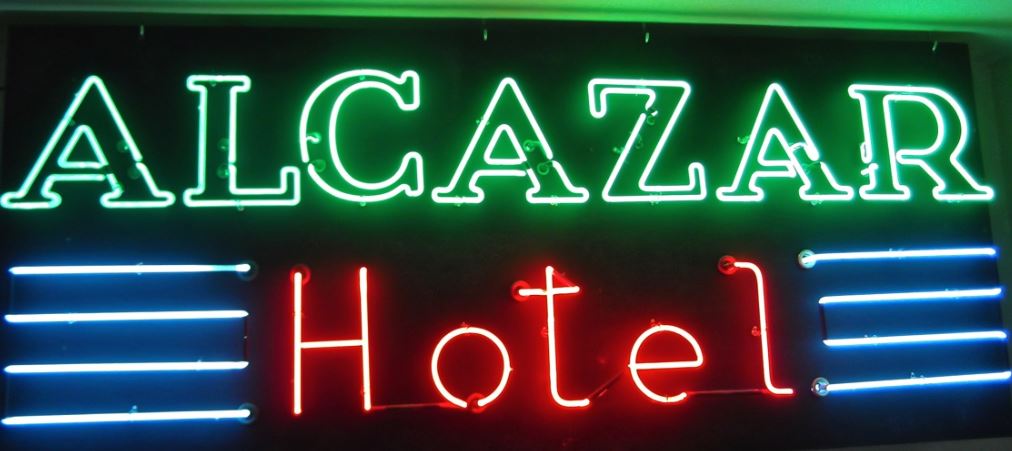Angus McIntyre was a Vancouver bus driver for 40 years. He has a love for photography, street lighting and transportation systems. Last week I had the pleasure of sitting down with Angus for tea and a chat.

Angus was given his first camera at age eight—an Argus with the little window and the roll through numbers. By the time he moved to Vancouver ten years later, his skills and his equipment had markedly improved and his photos of Vancouver in the 1960s and ‘70s are outstanding.

Zion’s Grocery
Angus discovered Strathcona by accident one day in 1966 when he misread an address and wound up on East instead of West Georgia. He came back the next day with his camera and shot Zions Grocery. “You could see it was a beautiful house at one time and they’d converted it into a store. The old fashioned Pepsi Cola sign and 7 up were still on it,” he says. “It had closed and I wondered what happened and that was another reason just to document some of this.”

Angus had always wanted to be a bus driver. In 1969, at 21, he was hired on the afternoon shift, and many of his photos were taken in the early hours of the morning after he finished work.
Hawks Grocery:
In 1973 he photographed Hawks Grocery with his tripod. “I knew they were ripping out the tracks and taking out the street lights and destroying the character of Strathcona and I just wanted to document it,” he says. The building is still there, repurposed into one of several row houses.

East Georgia was originally known as Harris Street and the name was changed when the viaduct became a continuation of Georgia.
“Before they completely blitzed this neighbourhood all the sidewalks had Harris on them. They were all thrown away,” he says. “Strathcona had survived the urban renewal and it was this wonderful preserved piece of the city’s history and the city had no respect for that at all, they just went in and ripped out anything that was historic—they took out the rails, the street lights, the wood blocks and they never consulted the people.”

neon city:
Changes to the city were slow at first, says Angus. “In the early years the city had a small town feel, it wasn’t until the 1980s that the big changes really started happening,” he says.
Angus says that when he moved to Vancouver in 1965, 80 percent of the city had incandescent lighting.

“All the main trolley routes, all the major arterial streets had incandescent lighting and it was spectacular, this wonderful, warm, comfortable lighting with neon everywhere,” he says. “It was dazzling there was so much neon in the city. There were animated signs, there were things that moved, just colour everywhere and the light reflecting off the streets made for a magical time and place.”

© All rights reserved. Unless otherwise indicated, all blog content copyright Eve Lazarus.

